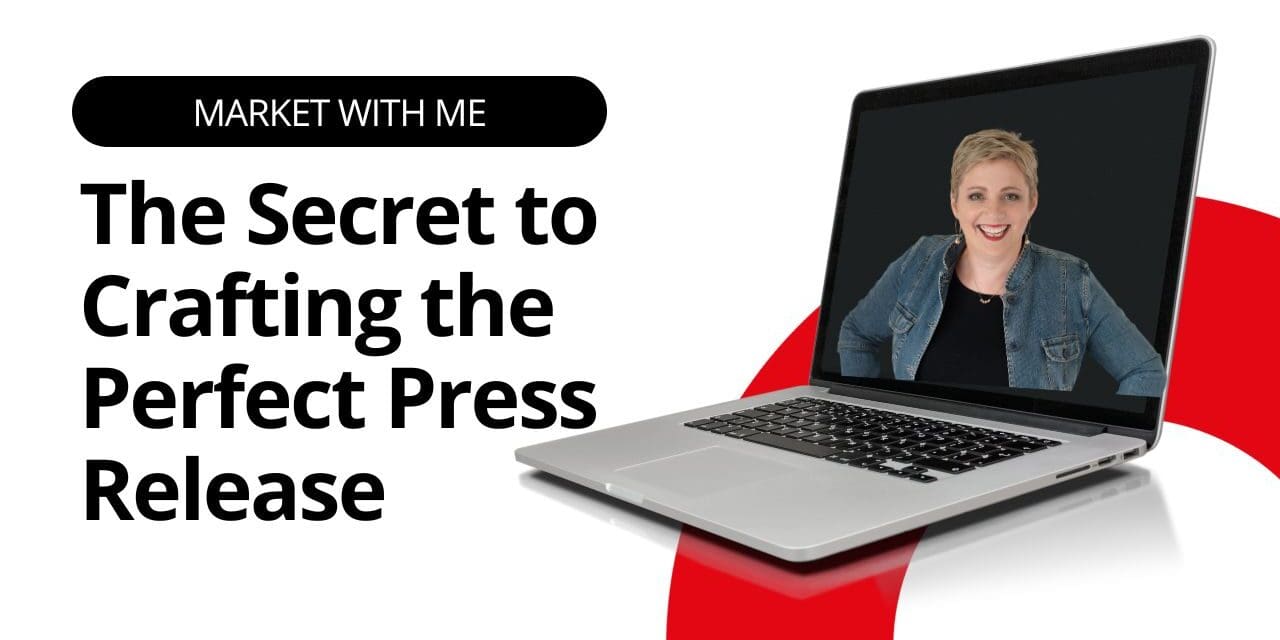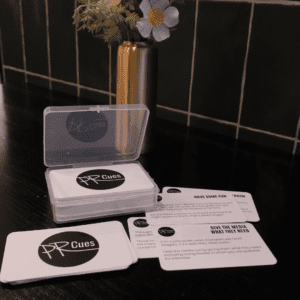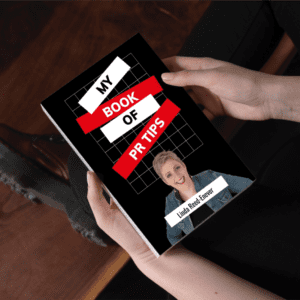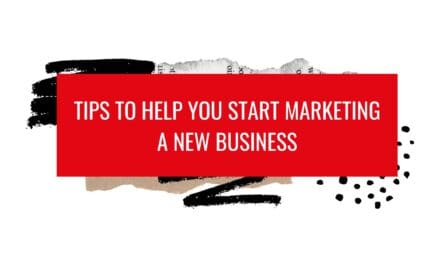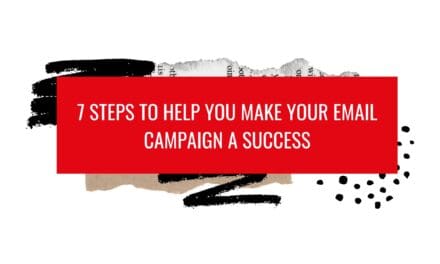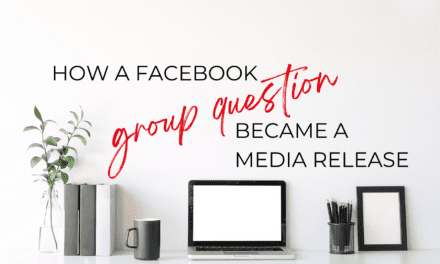When it comes to working with the media and raising your brand profile, press releases are the tool of choice.
And the aim of the game is simple, a press release is intended to quickly attract the media’s attention and showcase a story they feel compelled to tell.
That said, there’s a knack to writing any release in a way that piques the media’s interest about a topic they feel is relevant to their audience.
So here’s a quick insight into the secrets of crafting the perfect press release.
One topic and one topic only
A media release is not designed to tell your life story or that of your business. Nor is it designed to reveal a multitude of things that you have unveiled in recent times.
Instead, it should be crystal clear on exactly the single story it is trying to tell and reveal this quickly and effectively.
Sell it in the introduction
The big reveal occurs in the introduction where the press releases answers the who, what, when, where, why and how questions that help illustrate why this story matters.
And there is good reason for this. The introduction is designed to grab the reader’s attention. They should know exactly what’s occurring after the first paragraph and it becomes their choice whether they are interested enough to read on.
This is part of what’s known as the inverted pyramid style of press release writing where the most important information is revealed as quickly as possible, and then every subsequent paragraph of fact after that matters less than the one before.
You had me at the headline
Literally hundreds of press releases make their way into every journalist’s and news editor’s email inbox each and every day. So how can you stand out from the crowd?
The secret here is in the email subject and the actual press release headline, which should be eye-catching enough to catch a journalist’s attention but clear enough to give them an insight into what the story is about.
Provide facts and quotes
Facts, quotes and statistics back up the veracity of any press release, but these should be sourced carefully.
If you are including facts and statistics, ensure they are recent and respected, and don’t forget to cite the source via a link or footnote.
Quotes should come from a trusted spokesperson within your business or someone respected outside it and must support what the story is saying.
And they are an absolute necessity. Journalists are not there to argue your case, but simply present the facts and accurate quotes of what you are saying.
Keep it simple and short
A press release is not an epistle. This is no place for flowery words, complex industry terms or a piece that feels like reading War and Peace.
The ideal press release length is around 400-500 words, or one single page of text, and language should be kept simple and clear.
Why should they care?
One of the biggest questions every single press release should answer is ‘why should they care?’. This applies to both the journalist and their audience of readers, viewers, or listeners.
In other words, why would this matter to them or what’s in it for them?
The reason you ask this question is because news judgement is based on key principles including:
- Is it timely?
- Is it relevant?
- Is it unique?
The biggest stories are all of the above, impacting a wide range of people in a very specific way.
Don’t forget the contact info
The aim of any press release is to have the information either published or broadcast based on the release or to have a journalist reach out directly to you. So, don’t forget to provide them with relevant contact information that makes this easy.
Every release should end with the sentence, ‘For further information, contact XXX’ with a phone number, email and website included.
Help out with the elements needed
Depending on the story or the news outlet, extra resources such as imagery, audio or video might be required.
Where possible help the journalist out by providing these to them along with the release. This might be in the form of an email attachment or a link to a folder of high-resolution images etc.
Crafting press releases is a bit of an art and it can take practice. Done well, it will see a journalist pick your story over the multitude of others that come into a newsroom each day.
You can master this art and further hone your skills in the How to Write a Media Release course or via My Book of PR Tips.

